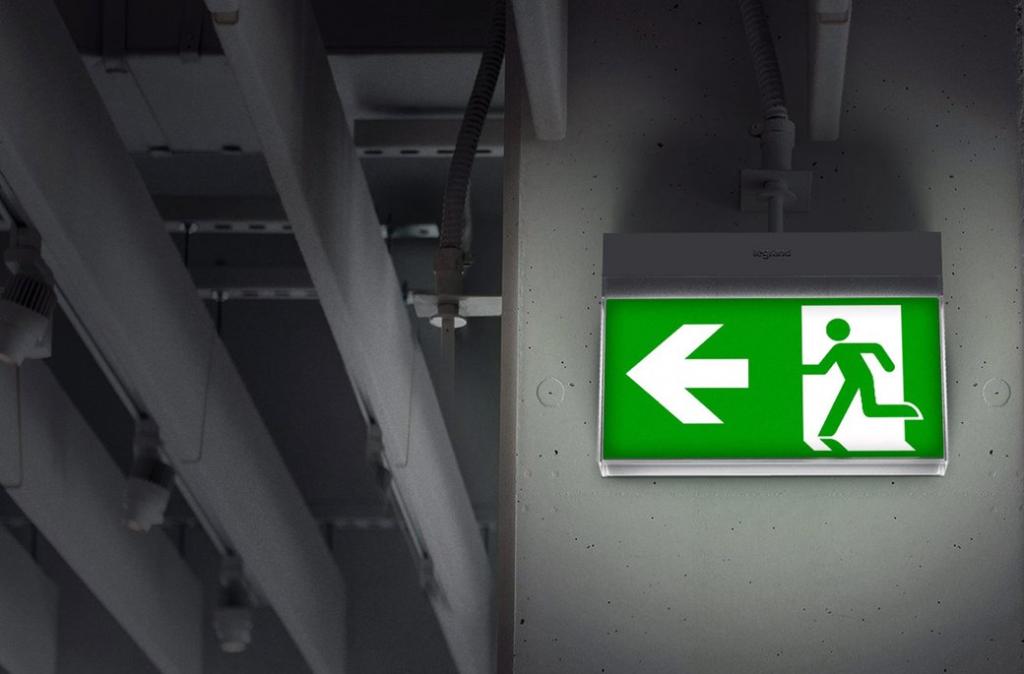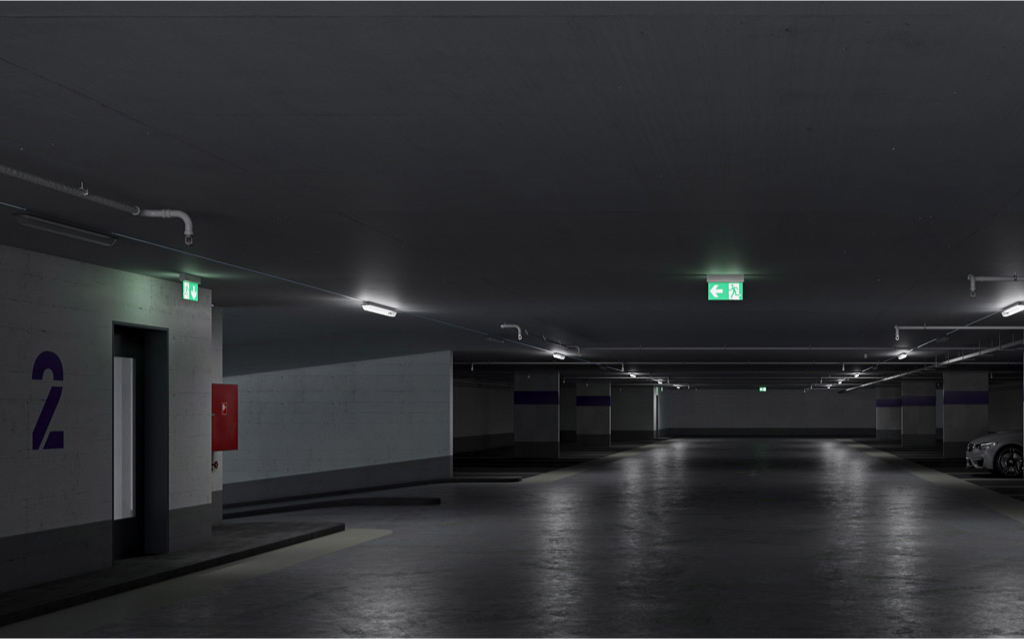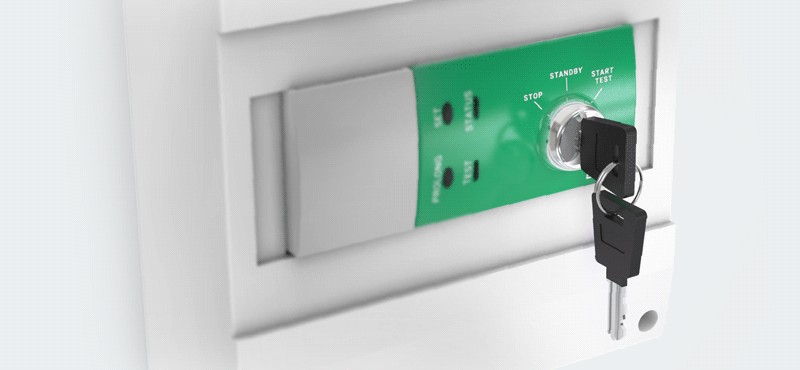- About Us
- Services
- Switchboard Upgrades and Replacements
- Smoke Alarm Installations and Annual Compliance Testing
- Hot Water System Electrical Repairs and Efficiency Timer Installations
- Lighting & Power Installations and Maintenance
- Circuit Fault Finding and Rectification Works
- Pre-Purchase Electrical Inspections
- Exit & Emergency Lighting System Testing and Maintenance
- Electric Vehicle Level 2 Charger Installations
- Kitchen Appliance Repairs and Replacements
- RCD & Appliance Test and Tagging
- Data & TV Installations and Relocations
- Electrical Appliance Insurance Assessments
- Contact
In a fire or emergency situation, the electrical supply is often one of the first services to fail, plunging an entire building into darkness at a time when visibility and direction are vital. In these high-risk situations, a well-maintained, fully functional Exit and Emergency Lighting System will assist in guiding employees, customers or the general public safely out of the affected building using sufficiently illuminated pathways and directional fittings even in low-visibility conditions caused by smoke.
Each emergency fitting is powered via general grid supply and is equipped with an individual backup battery. In the event of an electrical supply outage, these backup batteries automatically activate to provide reliable illumination for the moments when it’s needed the most. Get in touch today to ensure that your installation is functional so that you’re not left in the dark.

FACILITIES REQUIRING EMERGENCY FITTINGS:
- Office Buildings
- Multi-Residential
- Shopping Centres
- Hotels
- Schools
- Carparks
- Sporting Venues
- Hospitals
- Aged Care Facilities
- Restaurants and Bars
- Warehouses
where should fittings be installed?
Exit Signs are strategically installed above exit doors, at the top of staircases and at key decision points such as corridors or changes of direction to effectively guide people along a designated pathway toward the nearest exit or evacuation point. They must be clearly visible to all building occupants and remain illuminated at all times.
Emergency Lights are installed at regular intervals throughout a building to provide clear illumination of pathways during a power outage or emergency. Their placement is determined by several factors including the type of light fittings specified, the building’s layout and overall ceiling height, ensuring optimal visibility and compliance with AS 2293.

common questions
What is involved in an emergency lighting test?
- Cleaning of exit signs and emergency fitting diffusers to remove any debris restricting visibility.
- Visual inspection of fittings for any evidence of damage or obstructions.
- Testing of the required 90 minute backup battery duration on all applicable fittings.
- Inspect that previously replaced fittings match the classification and spacing requirements of the original design.
- Check directional arrows on exit signs are labelled as per the original design.
- Reviewal of maintenance records to ensure any previously recorded defects have been rectified.
- Completion of test findings in maintenance record followed by approved repairs as required.
How often does an emergency lighting test need to be performed?
All exit signs and emergency lighting fittings must be inspected and tested every six months, in accordance with AS 2293.2.
Routine testing helps to ensure that the installed emergency lighting system functions as intended and is essential for compliance with the QBCC, NCC, WHS legislation and the Fire and Emergency Services Act.
Should I have an “Emergency Lighting Maintenance Logbook” onsite?
In accordance with AS 2293, maintaining a logbook is a mandatory requirement for all applicable buildings in Australia. The logbook serves as a detailed record of the installation, testing, and ongoing maintenance of your emergency lighting system.
The logbook must be kept onsite and remain easily accessible at all times. This ensures it is readily available for maintenance contractors performing scheduled checks, for regulatory authorities conducting compliance inspections, and for anyone needing to review the system’s maintenance history or operational status.
